According to medical experts, there is no specific anti -stroke exercise. However, regular daily exercise will bring many long-term health benefits and reduce the risk of stroke.
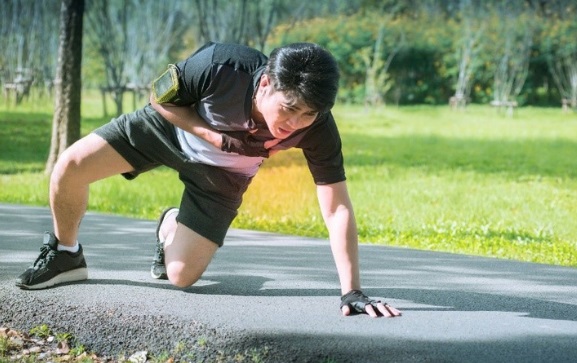
Illustration
Below are low-intensity exercises that are safe, reduce the risk of injury, and are often recommended for older adults at high risk of stroke.
6 easy and most effective stroke prevention exercises
Head and neck massage
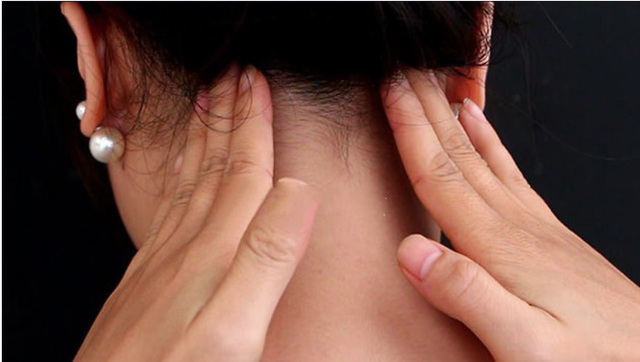
Illustration
Massaging the head and neck can promote blood vessels, relax neck muscles, reduce cholesterol accumulation, restore blood vessels and improve blood supply to the brain, preventing stroke.
How to do: Rub the two backs together until warm, massage the left and right sides of the neck, at a slightly faster speed, until the skin on the neck turns red.
Use your fingertips to gently massage your forehead to the top of your head, then move down to the nape of your neck, repeating the above steps about 30 times. This exercise helps promote blood circulation.
Shake head

Illustration
Appropriate head movement can contribute to increased vascular strength, which is beneficial for stroke prevention.
First, sit up straight, relax your neck muscles, then move your head from left to right, front to back, repeat the movement about 30 - 50 times. You can do it 3 times/day at a slow pace. People with low blood pressure can practice while lying on their back.
Turn and shrug
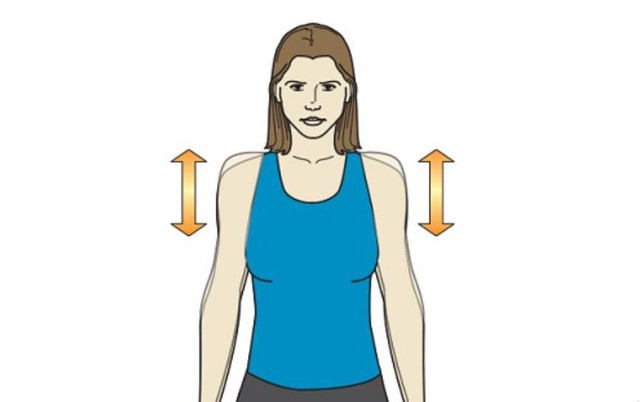
Illustration
This exercise is very suitable for office workers and can be done about 2 times/day. First, you need to relax your shoulders, place both hands gently on the shoulder bridge. Next, rotate your shoulder blades from back to front and vice versa. The effect of the exercise is to reduce pressure on the nerves and blood vessels in the shoulder area.
Shoulder shrugs can also relax the nerves, blood vessels and muscles of the shoulder, promote blood circulation, and provide impetus for blood flow in the carotid artery to flow into the brain.
How to do it: Every morning and evening, shrug your shoulders in an up-and-down motion, each time for 4-8 minutes.
Hold hand

Illustration
Research has found that cerebral hemorrhage is related to the patient's movement method and living habits. Lack of movement causes the cerebral blood vessel wall to be very weak, easily causing rupture. Therefore, the patient should exercise the left hand more. The method is as follows: Every morning, noon, and evening, clench your fist 3 times, each time 400-800 times.
Walking, jogging
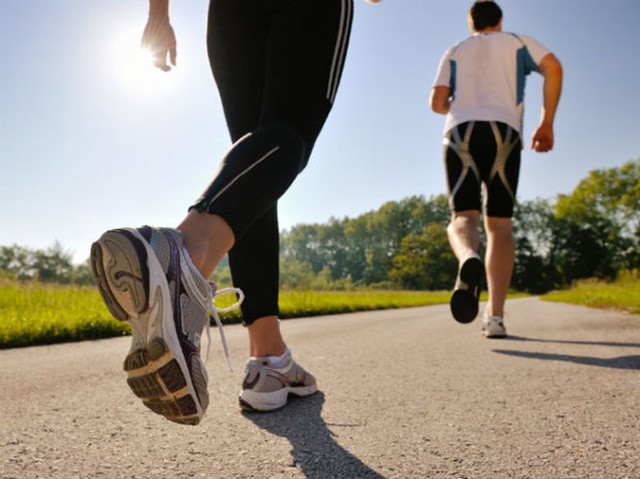
Illustration
The simplest way is to walk around the house for about 30 minutes every morning. In addition, if possible, you can walk or jog on a treadmill with a speed meter for about 20 minutes (including the first 5-10 minutes of warm-up and the last 5 minutes of relaxation) and do it 3-5 times a week.
Walking and jogging help increase heart rate, burn excess fat, support weight loss and contribute to improving cardiovascular health very well, thereby effectively preventing stroke.
Stretching exercises

Illustration
This anti-stroke exercise is performed by stretching the muscles of the trunk, lower and upper limbs.
The movement is very simple, you just need to stand in place and stretch your leg and arm muscles for about 30 seconds/each position. Regular stretching helps increase the flexibility of the musculoskeletal system, contributes to increased blood circulation, and makes blood vessels healthier.
In addition, people with diseases such as: hyperlipidemia, diabetes, cardiovascular disease, ... need to control the disease well. Besides, balancing diet and daily activities is one of the important factors to effectively prevent stroke.
Source






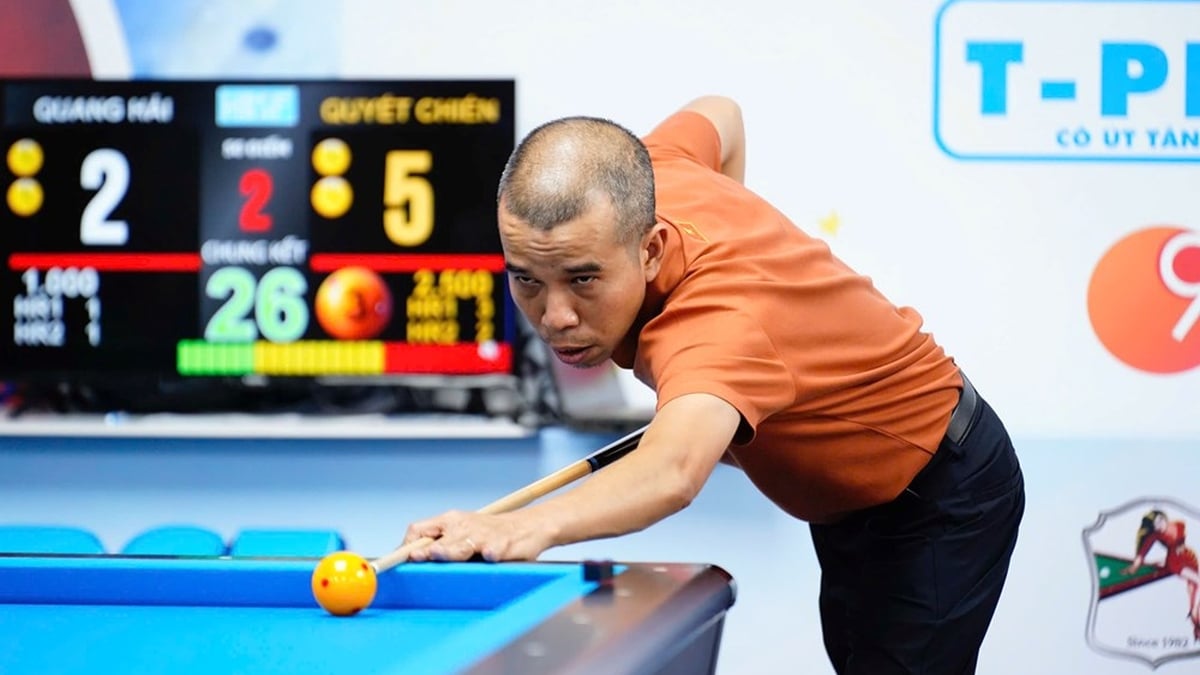















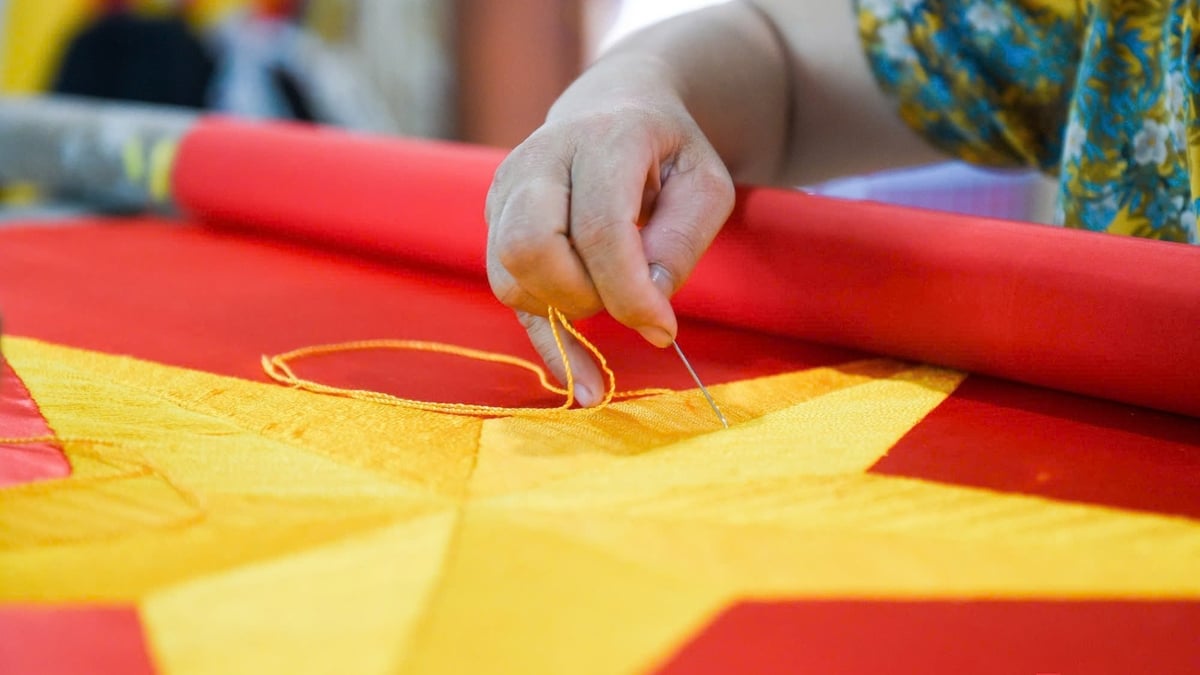
![[Photo] Nghe An: Provincial Road 543D seriously eroded due to floods](https://vphoto.vietnam.vn/thumb/1200x675/vietnam/resource/IMAGE/2025/8/5/5759d3837c26428799f6d929fa274493)












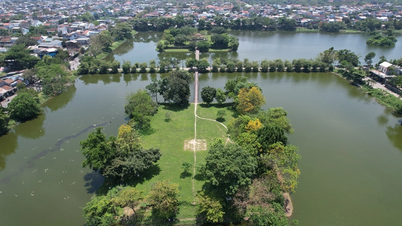






























































Comment (0)